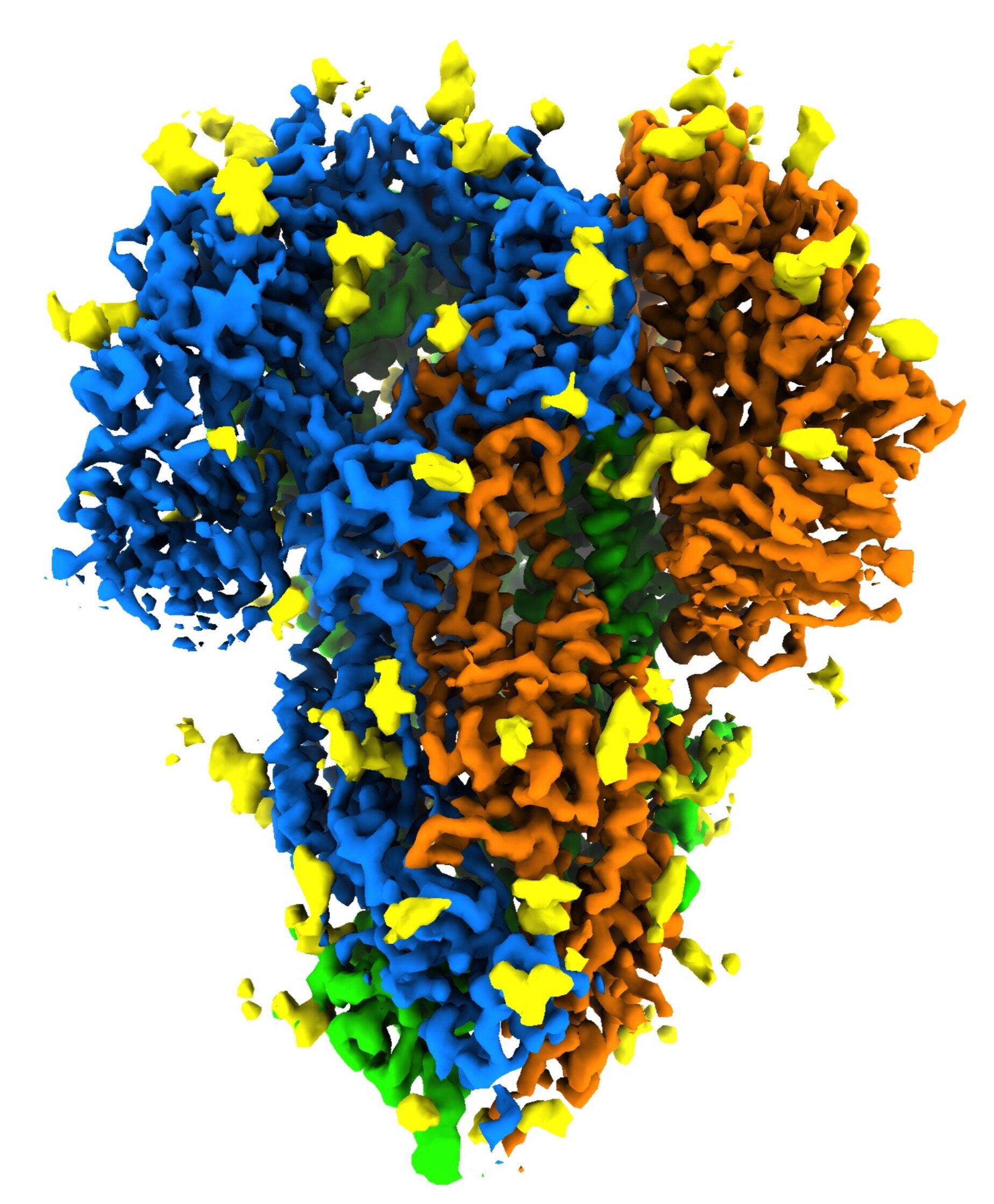#Researcher aids in the development of a pathway to solve cybersickness

“#Researcher aids in the development of a pathway to solve cybersickness”

Associate Professor of Psychology and Director of the Neuroimaging Center at NYU Abu Dhabi Bas Rokers and a team of researchers have evaluated the state of research on cybersickness and formulated a research and development agenda to eliminate cybersickness, allowing for broader adoption of immersive technologies.
In the paper titled Identifying Causes of and Solutions for Cybersickness in Immersive Technology: Reformulation of a Research and Development Agenda, published in the International Journal of Human-Computer Interaction, Rokers and his team discuss the process of creating a research and development agenda based on participant feedback from a workshop titled Cybersickness: Causes and Solutions and analysis of related research. The new agenda recommends prioritizing the creation of powerful, lightweight, and untethered head-worn displays, reducing visual latencies, standardizing symptom and aftereffect measurement, developing improved countermeasures, and improving the understanding of the magnitude of the problem and its implications for job performance.
The results of this study have identified a clear path towards finding a solution for cybersickness and allowing for the widespread use of immersive technologies. In addition to its use in entertainment and gaming, VR and AR have significant applications in the domains of education, manufacturing, training, health care, retail, and tourism. For example, it can enable educators to introduce students to distant locations and immerse themselves in a way that textbooks cannot. It can also allow healthcare workers to reach patients in remote and underserved areas, where they can provide diagnostics, surgical planning and image-guided treatment.
“As there are possible applications across many industries, understanding how to identify and evaluate the opportunities for mass adoption and the collaborative use of AR and VR is critical,” said Rokers. “Achieving the goal of resolving cybersickness will allow the world to embrace the potential of immersive technology to enhance training, performance, and recreation.”
Why people get sick in virtual reality
Kay Stanney et al, Identifying Causes of and Solutions for Cybersickness in Immersive Technology: Reformulation of a Research and Development Agenda, International Journal of Human–Computer Interaction (2020). DOI: 10.1080/10447318.2020.1828535
Citation:
Researcher aids in the development of a pathway to solve cybersickness (2020, November 18)
retrieved 18 November 2020
from https://techxplore.com/news/2020-11-aids-pathway-cybersickness.html
This document is subject to copyright. Apart from any fair dealing for the purpose of private study or research, no
part may be reproduced without the written permission. The content is provided for information purposes only.
If you liked the article, do not forget to share it with your friends. Follow us on Google News too, click on the star and choose us from your favorites.
For forums sites go to Forum.BuradaBiliyorum.Com
If you want to read more Like this articles, you can visit our Science category.




